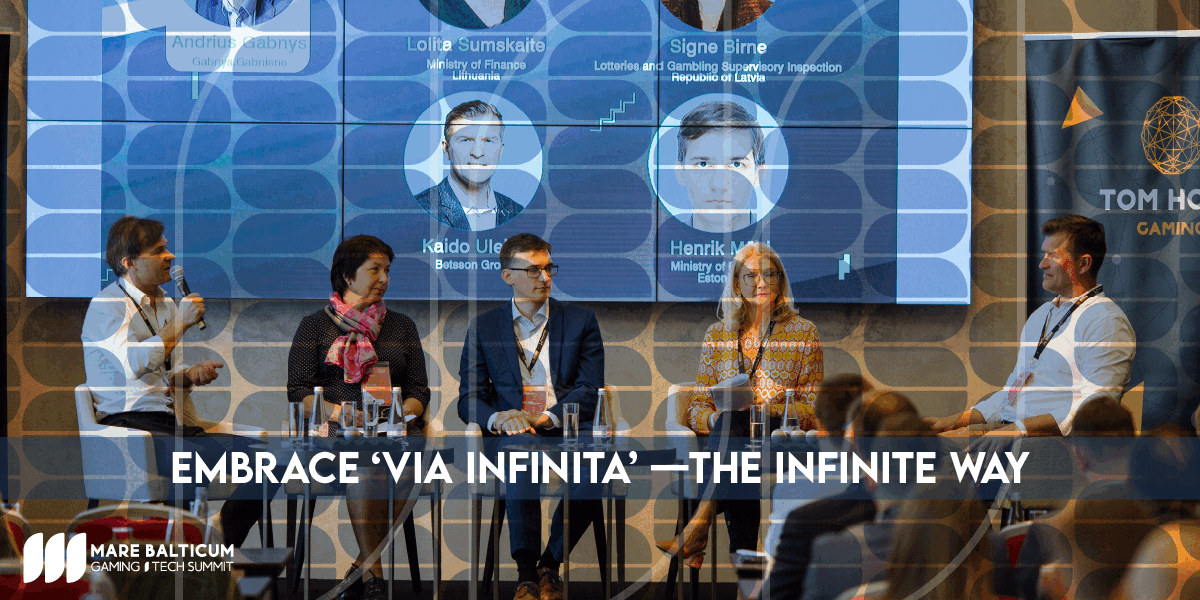Latest News
ACR AI-LAB™ Expands Pilot Enabling More Radiologists to Create AI Without Coding

Radiology professionals from seven renowned health care institutions will use the ACR AI-LAB to demonstrate the process of creating investigational artificial intelligence (AI) models from image data without the use of a programming language. Using an AI model developed at one institution, each of the seven institutions will have the ability to evaluate and optimize the model for their own investigational use.
to demonstrate the process of creating investigational artificial intelligence (AI) models from image data without the use of a programming language. Using an AI model developed at one institution, each of the seven institutions will have the ability to evaluate and optimize the model for their own investigational use.
Based on the recently announced ACR AI-LAB reference architecture, this pilot represents a major milestone in the effort to allow institutions to develop high-quality algorithms that address local clinical needs, some of which may ultimately be made commercially available. In addition to the seven institutions, there are two major technology contributors; NVIDIA is providing software and edge infrastructure, and Nuance is providing last-mile integration to the participating radiologist.
The pilot – originally including Massachusetts General Hospital and The Ohio State University – now also includes Lahey Hospital and Medical Center, Emory University, The University of Washington, the University of California San Franciscoand Brigham and Women’s Hospital. NVIDIA will provide its NVIDIA Clara AI software toolkits at no cost to the institutions to perform the annotation creation, transfer learning, and pipeline integration. In addition, Nuance will provide the last-mile technology required to integrate AI for the participating radiologist. Once the pilot is complete, the initiative is anticipated to progressively expand to all institutions interested in participating.
Sharing local AI models from image data between institutions for fine tuning — while patient information remains securely on site at the originating institution — has not previously been done successfully in radiology at this scale. This is due, in part, to the variability in how medical images are created, including the equipment, software, and protocols used.
The pilot sites will use ACR AI-LAB to evaluate AI developed elsewhere, modifying the investigational algorithms to improve performance based on testing and evaluating them on local patient data. Creating the local AI models will not require ACR AI-LAB users to have programming skills. ACR AI-LAB allows users to adjust and change AI models without having to make line-by-line changes to the underlying code.
Once the pilot is complete, the consortium is anticipated to progressively expand to more institutions and vendors interested in participating.
The investigational algorithms resulting from this project will undergo further evaluation and refinement by sites should they pursue commercialization, including obtaining appropriate regulatory clearance or approvals, as applicable.
“Today marks a major step in accelerating the development of AI for medical imaging. We know algorithms can underperform when deployed at sites where they weren’t trained. Now, radiologists in the pilot program will have access to AI algorithms developed outside their institutions in order evaluate a model’s performance using their own data and, as necessary, retrain the algorithm using their local data to enhance its performance,” said Bibb Allen Jr., MD, FACR, ACR Data Science Institute® (ACR DSI) Chief Medical Officer.
“It is extremely exciting to see the ACR’s newest initiative come to life,” said Karen Holzberger, Vice President and General Manager, Healthcare Diagnostics, Nuance. “We’re proud to be partnering with local Boston and industry-wide leaders in health care to expedite the development of critical innovations for radiologists across the country. With the Nuance AI Marketplace, we can expand the footprint of these valuable AI solutions produced by the ACR AI-LAB initiative so others can benefit at scale.”
“AI technology is entering the next phase where software writes software and less computer science expertise is required,” said Abdul Hamid Halabi, director of healthcare, at NVIDIA. “Radiologists have always been technology trailblazers. Working with the ACR AI-LAB to bring NVIDIA’s AI computing capability to the edge — where radiologists and their data reside — we are demonstrating that investigational AI tools can be made available to any imaging institution.”
“ACR AI-LAB has kicked off a very exciting era of AI democratization, making it possible for health care institutions and industry to build customized AI models for investigative purposes without coding and without moving image data off premises. Soon all institutions interested in participating in the AI democratization revolution will have the opportunity to get involved,” said Keith Dreyer, DO, PhD, FACR, ACR DSI Chief Science Officer.
The ACR DSI made the initial version of the AI development framework available in April 2019. Get more information on ACR AI-LAB at ailab.acr.org. ACR is making available the ACR AI-LAB as a service, which provides a vendor-neutral framework to facilitate the development, modeling and validation of AI tools. ACR provides ACR AI-LAB as a service for third parties to use, contribute to, collaborate within, and test their own AI algorithms. ACR is a service provider. Use of the services available within ACR AI-LAB, including use of the ACR AI-LAB to train and validate AI algorithms, does not constitute co-development or endorsement by ACR of such AI algorithms.
SOURCE American College of Radiology
Blockchain
Global Payment Gateway Industry Report 2024: Seamless Integration with In-Game Virtual Currency Systems Enables Payment Gateways to Contribute to the Monetization Strategies of Game Developers
Global Payment Gateway Market
Blockchain
Digital collective restores carbon market credibility through immutable smart contracts
Blockchain
Online Banking Market to Grow at CAGR of 14.20% through 2033, Key Takeaways of Digital Banking, Banking Ecosystem, Financial Giants & Disruptive Startups
-

 Blockchain Press Releases6 days ago
Blockchain Press Releases6 days agoCanaan Shines at Blockchain Life 2024 in Dubai
-

 Blockchain Press Releases7 days ago
Blockchain Press Releases7 days agoBybit Institutional Report 2024: Institutions Become Bullish and Eye Challenger Chains, while VC Funding Resurges for Infrastructure, Gaming, and AI
-

 Blockchain6 days ago
Blockchain6 days agoQuantum eMotion Files a Patent for Quantum-based Blockchain Wallet Under the Patent Cooperation Treaty (PCT)
-

 Blockchain6 days ago
Blockchain6 days agoPhoenix Group Engages BHM Capital as Liquidity Provider to Boost ADX Liquidity and Enhance Market Dynamics
-

 Blockchain6 days ago
Blockchain6 days agoElizabeth Warren Urges Treasury Secretary Yellen to Implement Strong AML/CFT Measures for Stablecoins
-

 Blockchain6 days ago
Blockchain6 days agoCrypto fans count down to bitcoin’s ‘halving’
-

 Blockchain6 days ago
Blockchain6 days agoTether USDT stablecoin goes live on TON blockchain
-

 Blockchain Press Releases6 days ago
Blockchain Press Releases6 days agoDWF Labs joins the Klaytn Governance Council













































